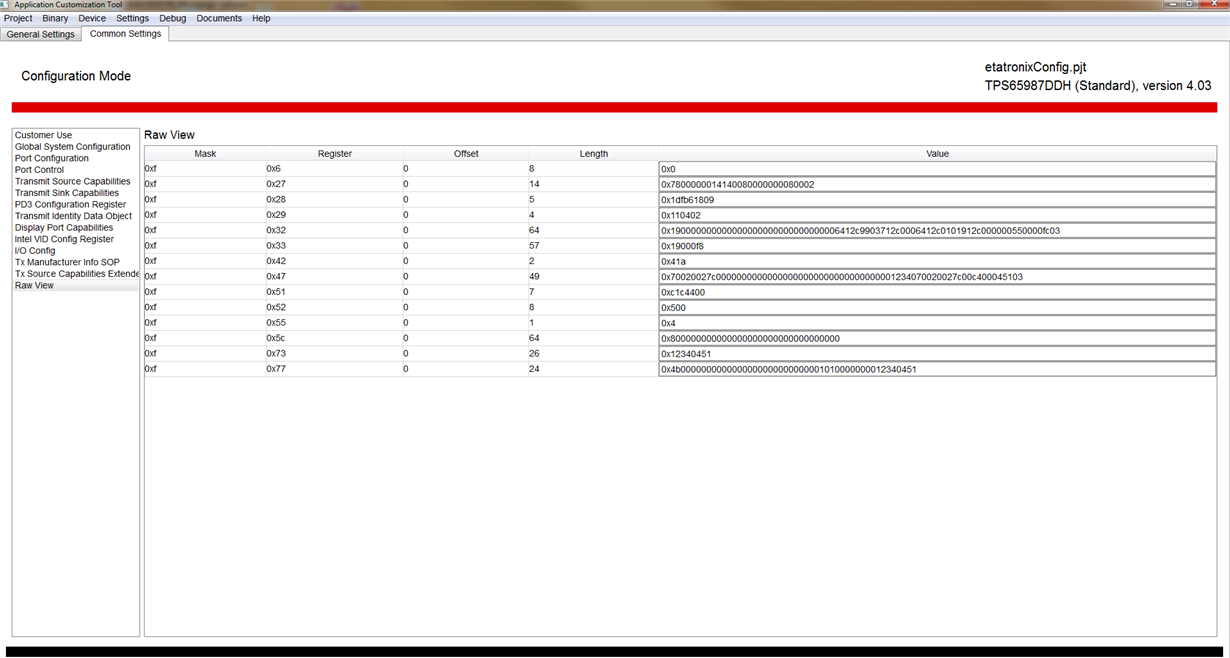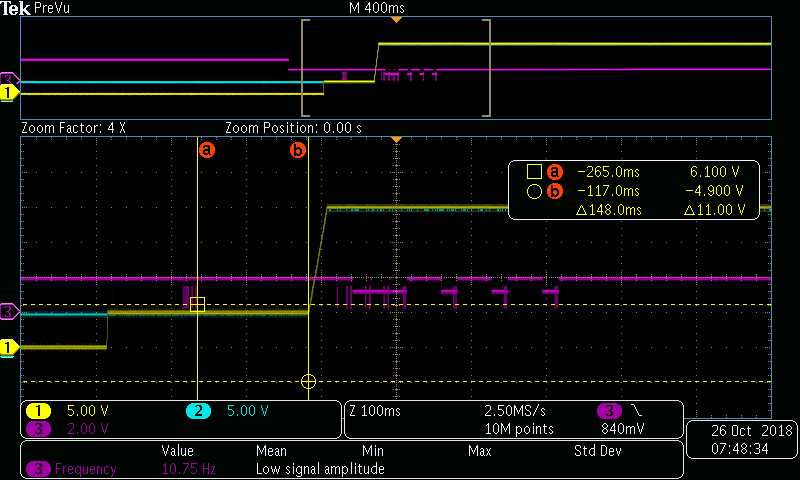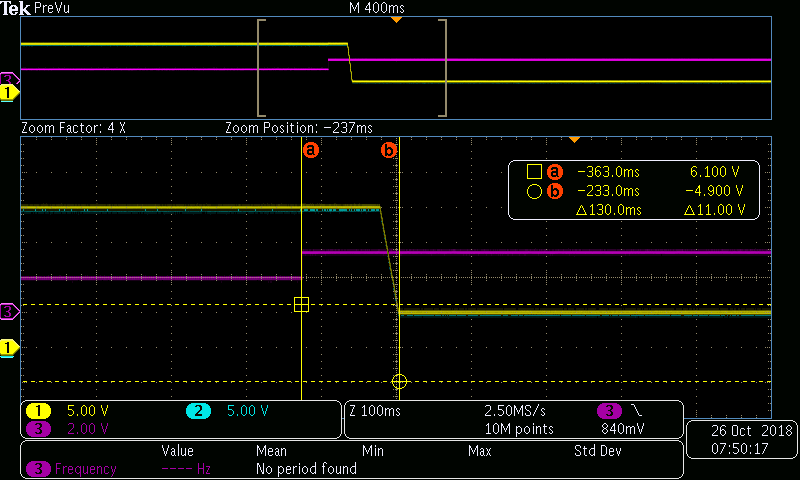Other Parts Discussed in Thread: TPS65987, , TPD6S300A
Currently we are wondering if there is an example code, config file or a description of a workflow to use the TPS65987 as a power source for a mobile device. We are checking different combinations of the poorly described registers but even after a few hours we see no success.
We would be glad about any hint to configure the IC as a power source to provide our MCU all information to configure the external power source.







